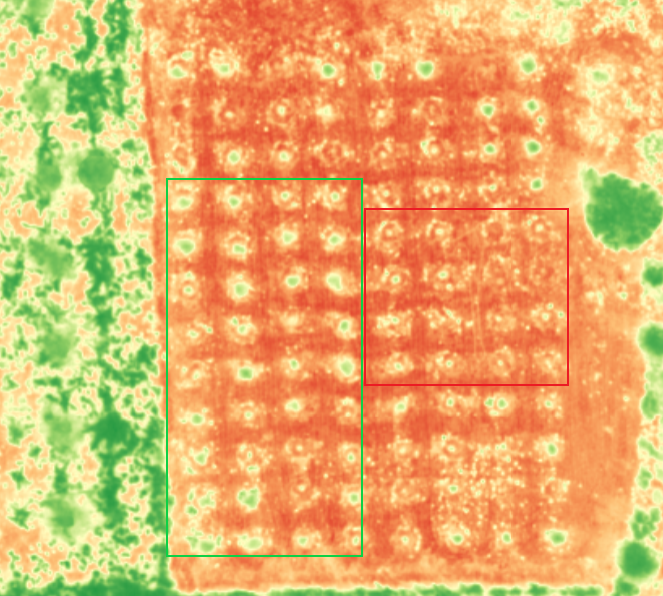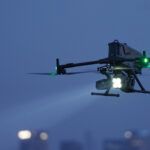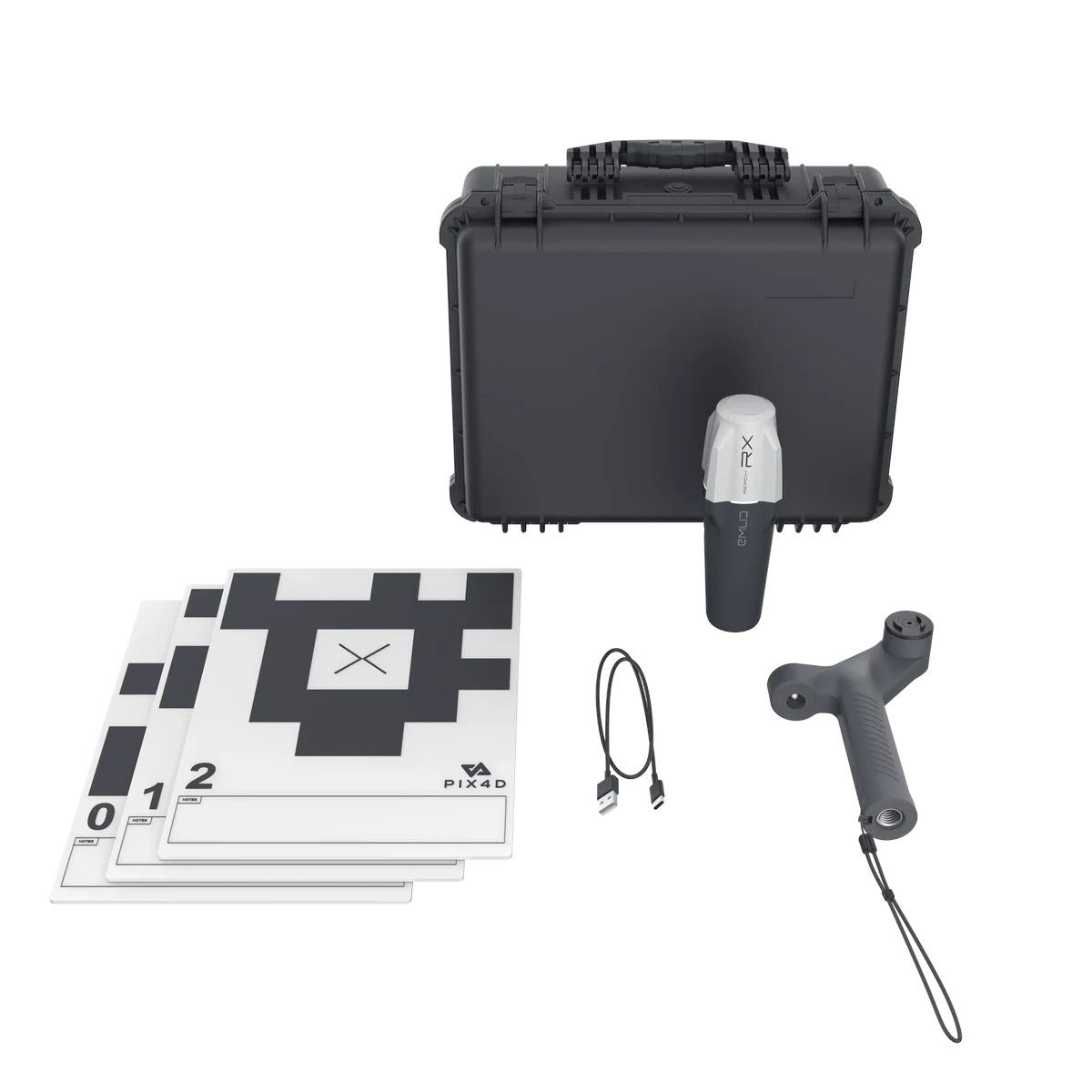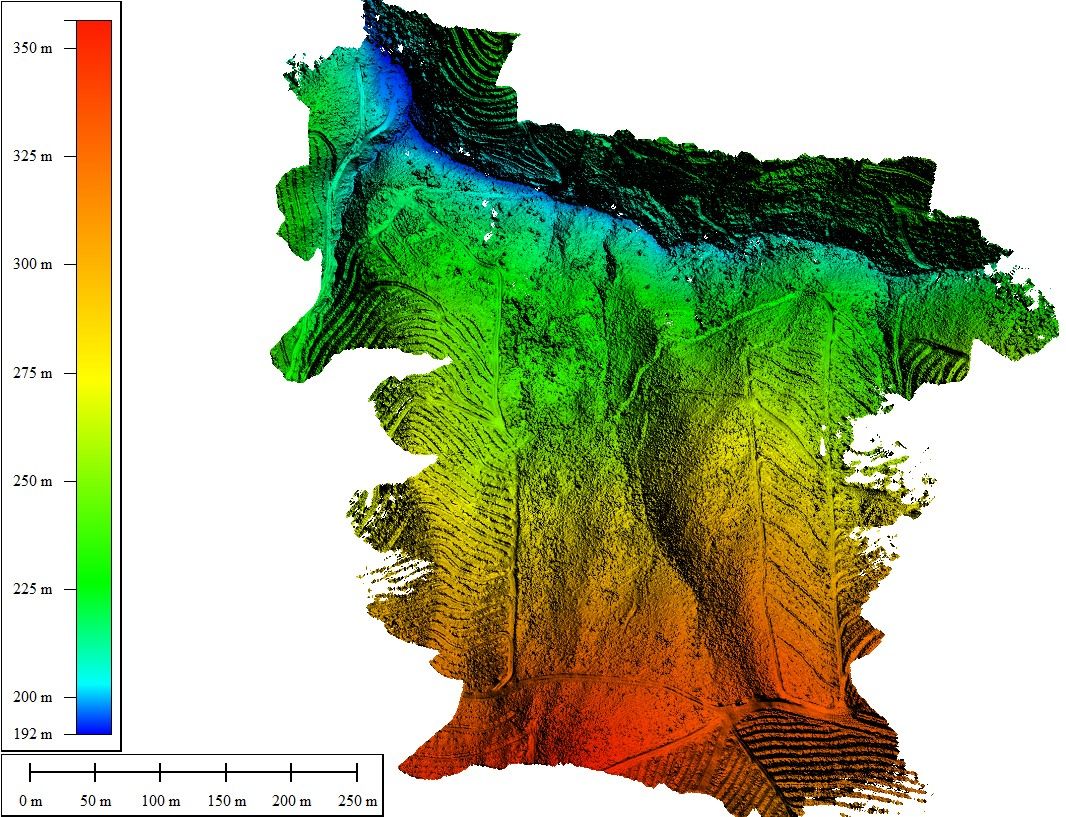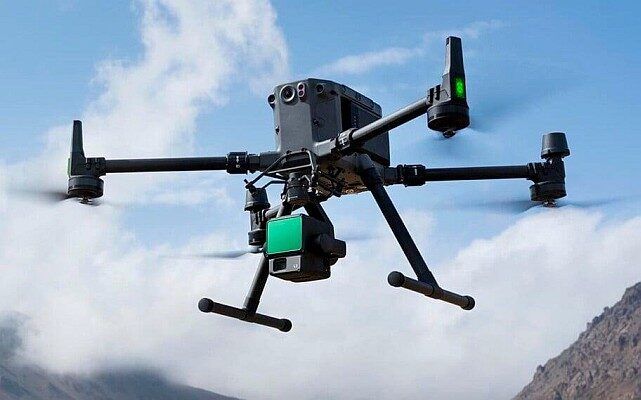Solução Perfeita para obtenção de resultados únicos – O seu projeto nunca esteve em melhores mãos!
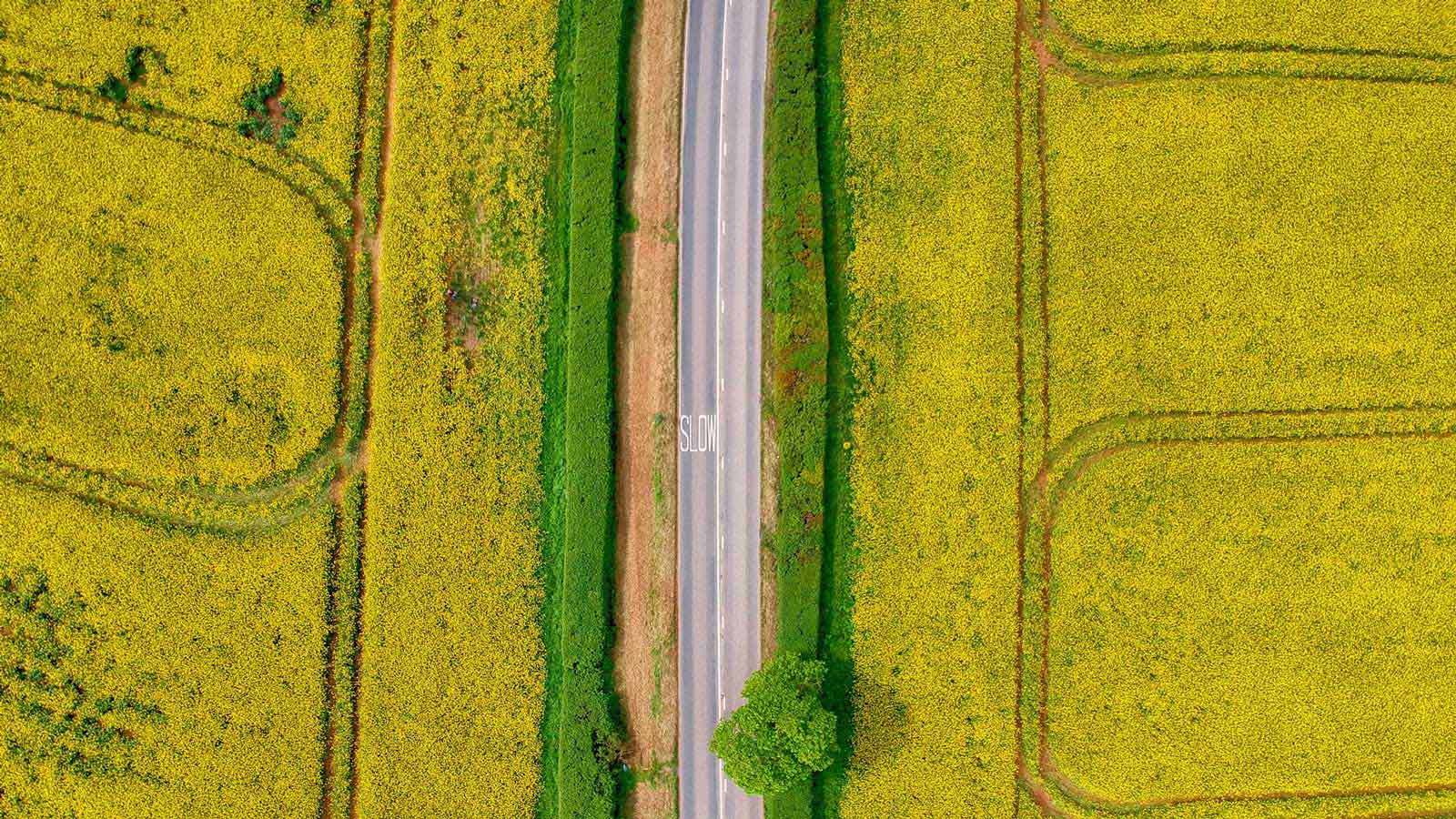
Use of drones in Agriculture
-
Monitor plant health
-
Perform plant count
-
Optimize plant ROI
-
Assess losses after major weather event
-
Autonomous Spray and Seed
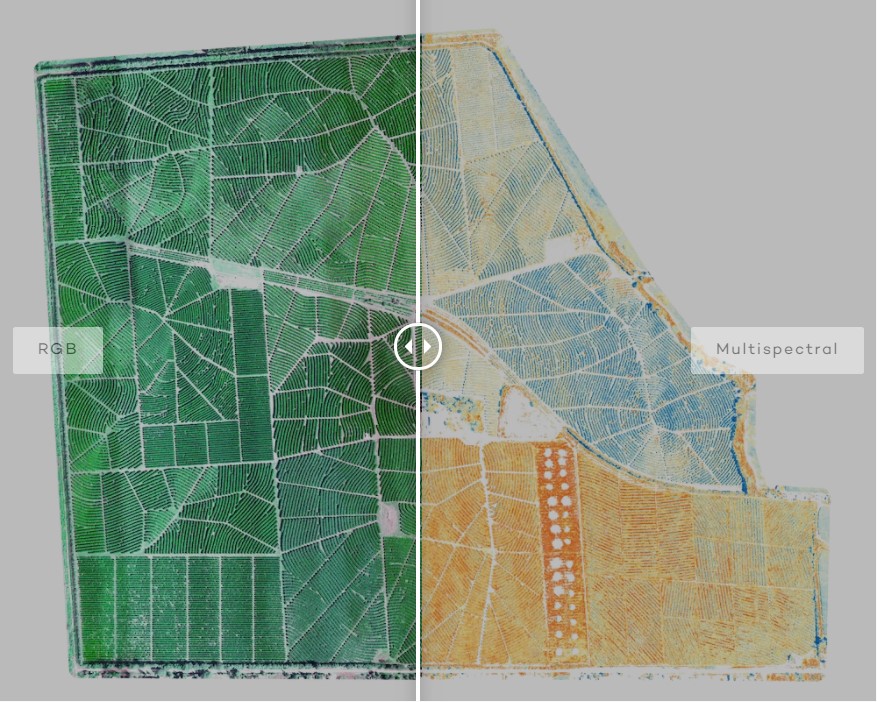
Benefits of drones and sensors in agriculture
Scout your fields in less time
Drones provide an immediate snapshot of a field in a fraction of the time it would take to scout on foot. Cover hundreds of hectares in a single flight, capturing data that helps detect and identify variability and areas of crop stress.
Capture precise data that drives decisions and actions
Use drone data to generate prescription maps and plans, focusing treatments more efficiently and reducing costs. Gain insights that complement other agronomic tools. E.g., for soil / leaf sampling, instead of randomized sampling, drone data can direct you to the best places to sample, saving time and money.
Efficiently track crops over time, for research or production
Track how crops are progressing from emergence through harvest. Accurately monitor fields for phenotyping and other research applications. Periodic capture of calibrated data from professional multispectral sensors offers insights into crop health regardless of illumination changes, giving you the needed data to derive quantitative trends.
APPLICATIONS OF DRONES AND SENSORS IN AGRICULTURE
Main applications
Use this information, coupled with proven agronomic methods, to focus your treatment plans.
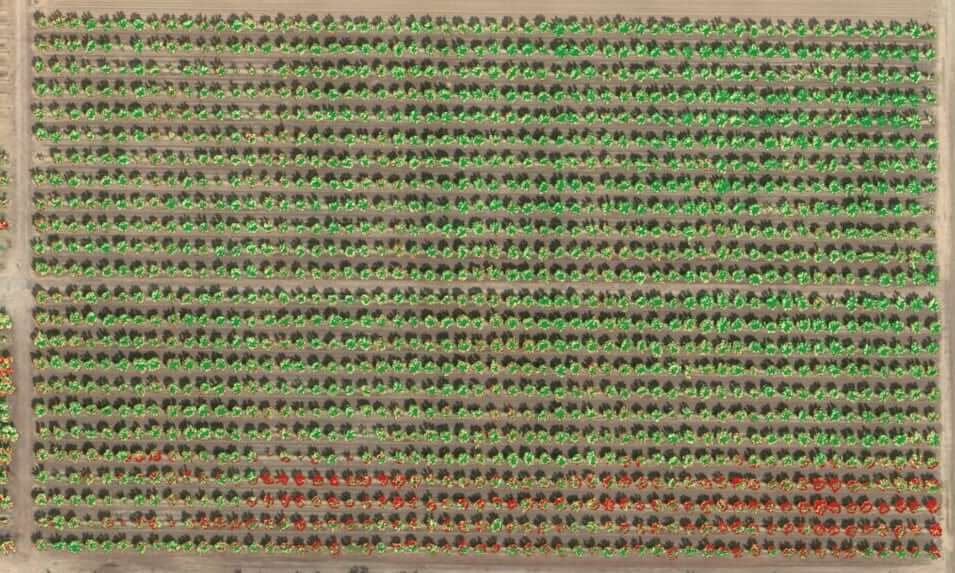
- Detecting chlorosis in a plum tree orchard. Trees in red have a lower value for an index that is linked to chlorophyll content.
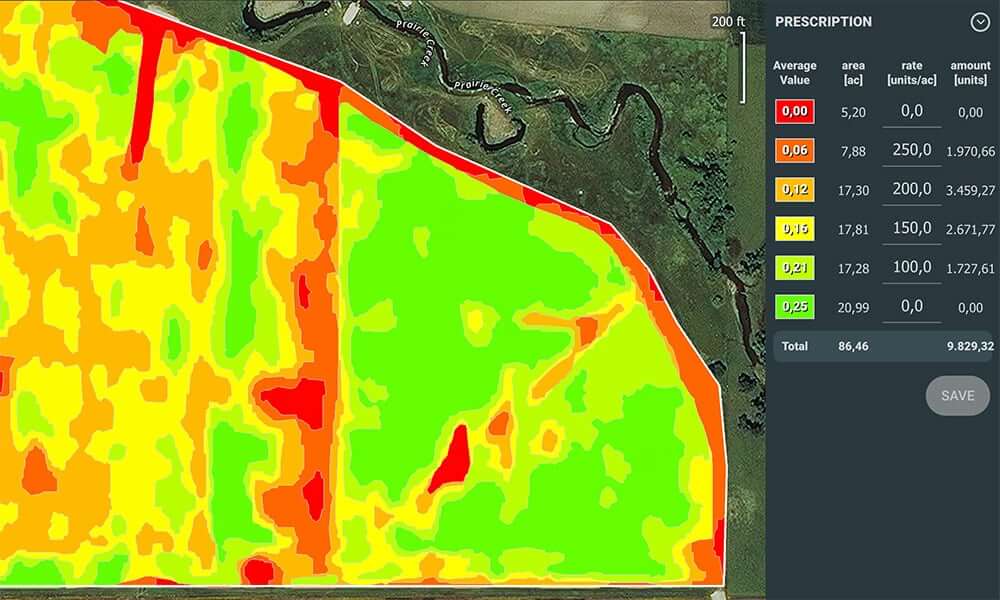
- Prescription maps can also be generated for automated seeding.
Multispectral data is a key tool that, when combined with other established agronomic methods, enables prescription maps for treatments (fertilizer, herbicide), reducing costs and improving efficiency.
Multispectral data can also help identify leaky irrigation pipes or areas that need more water.
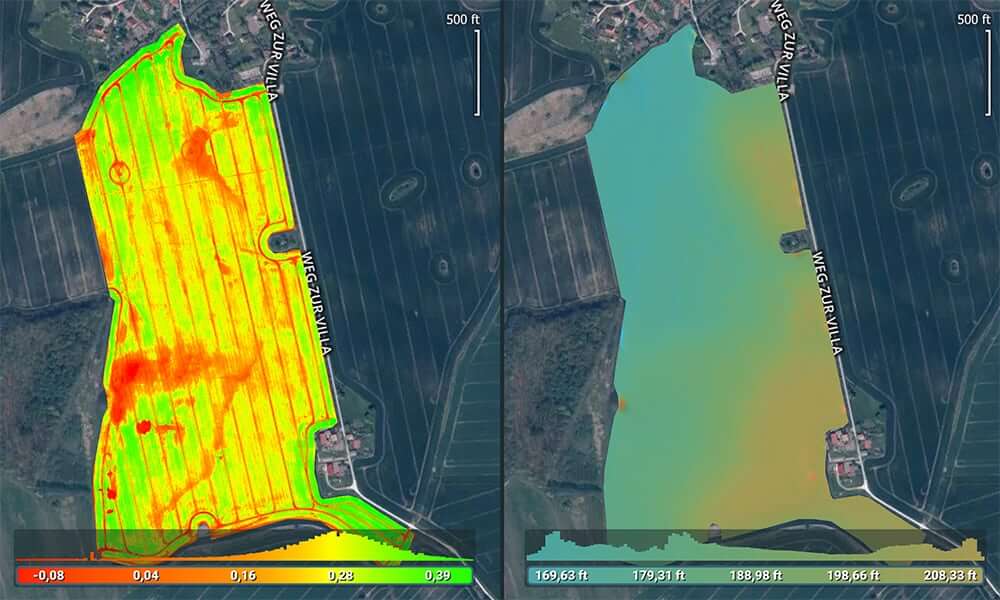
- Topography of fields from multispectral or RGB imagery guides drainage and irrigation planning.
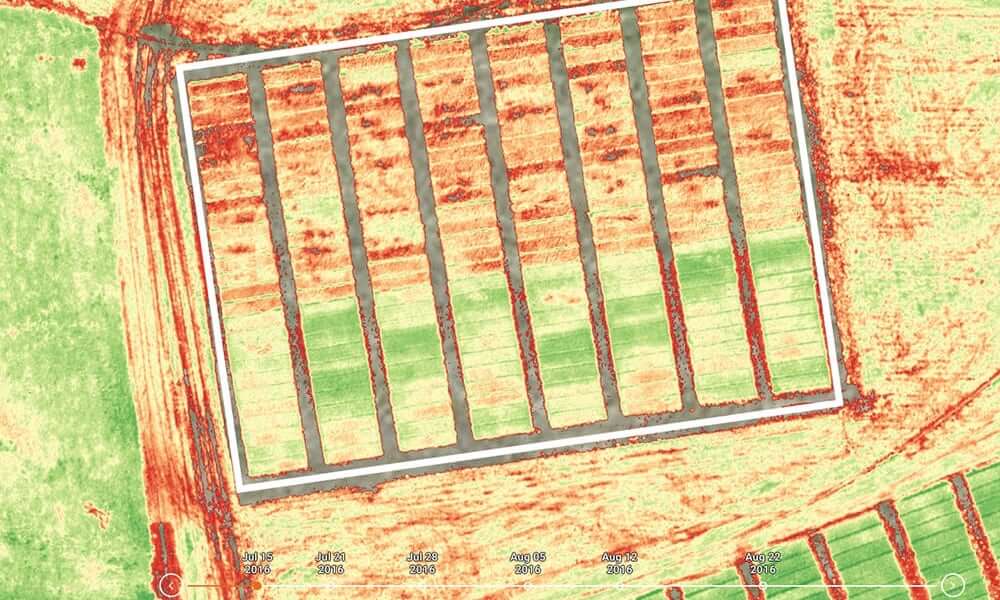
- Measuring the effectiveness of fungicide treatments in a barley research field. The vegetation index NDVI is shown here, with higher values (more healthy plants) shown in green.
Calibrated data that accounts for changing lighting conditions allows you to track trends over time.
These reports can complement and reinforce insurance claims.
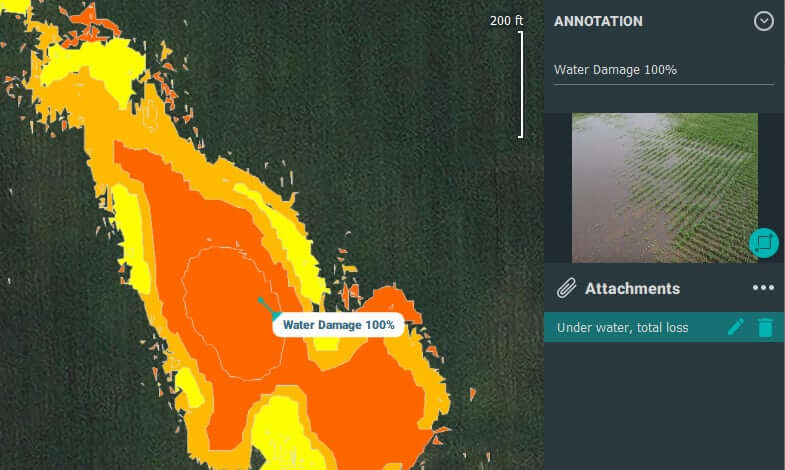
- Flood damage assessment and documentation for insurance claim.
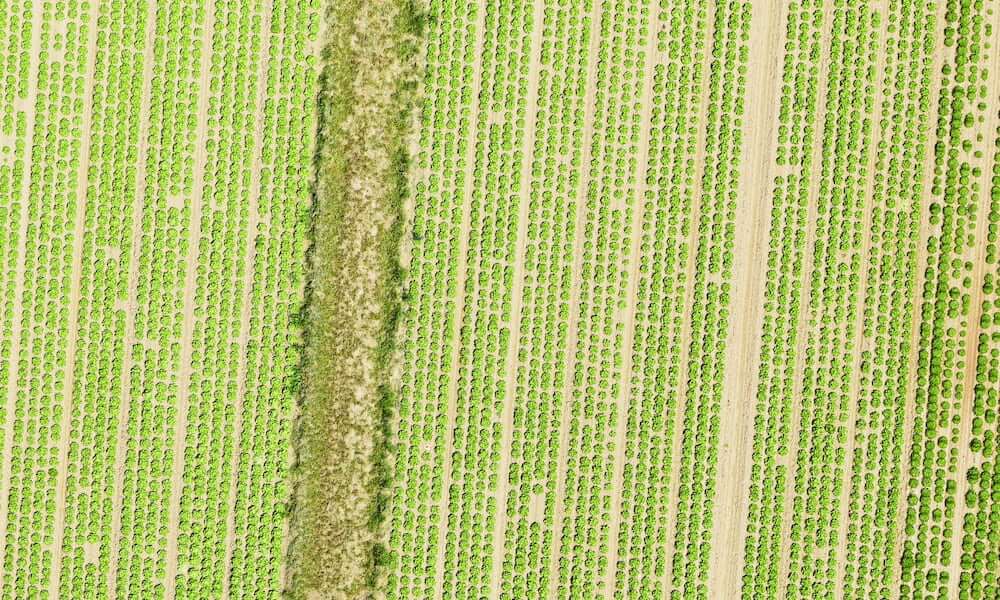
High resolution cameras on drones, and plant-counting algorithms can accurately and efficiently provide inventory information, track crop emergence, drive replanting decisions and help predict yield.
Demonstração
Agricultura de precisão – WingtraOne e Micasense Rededge-MX
Mapear a saúde da vegetação O WingtraOne tem a capacidade da utilização de payloads com câmaras multiespectrais topo na sua […]
Improving Farm Efficiency
AERIAL SPRAYING, SEEDING, WATERING
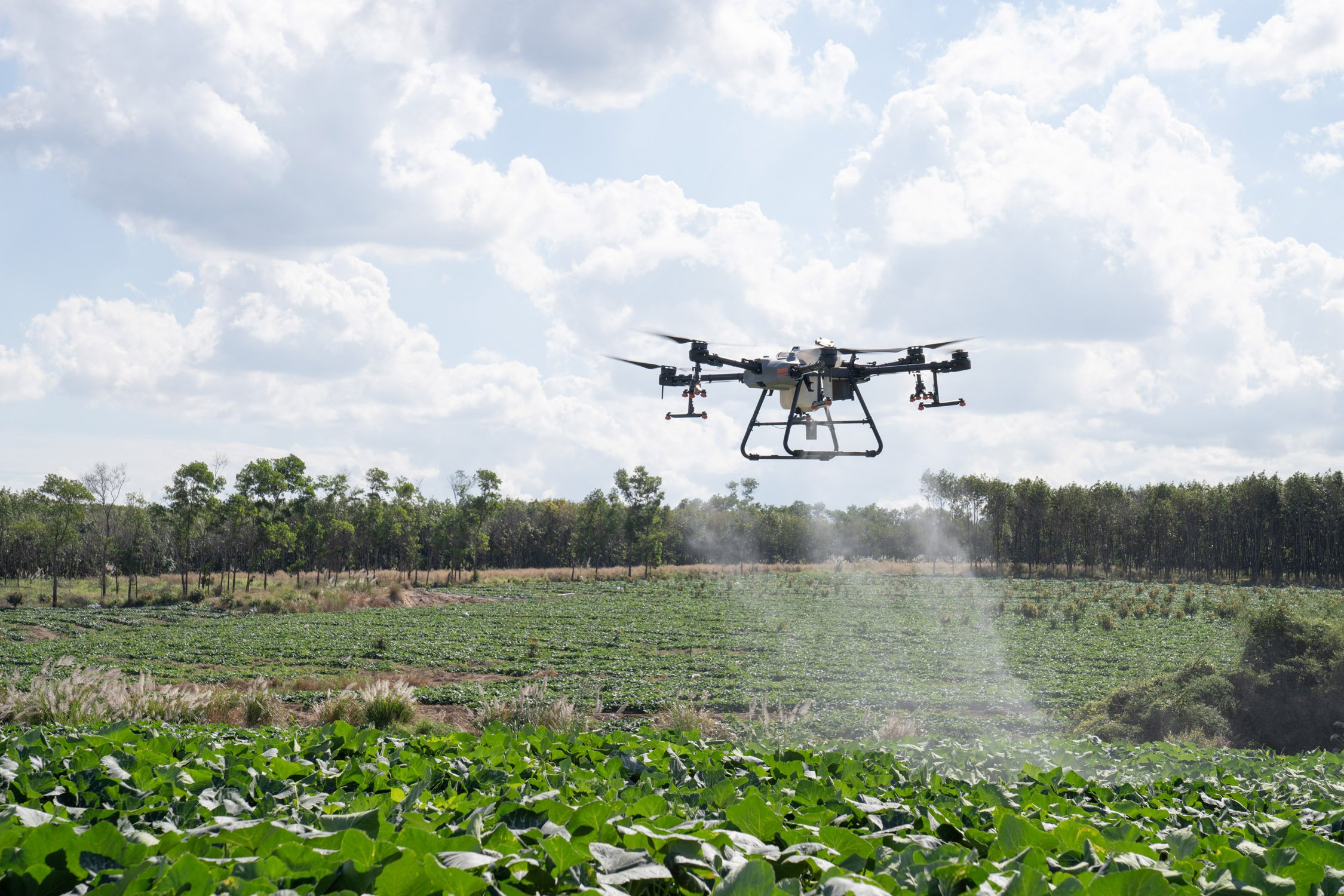
Aerial Spraying
Unlike a traditional tractor, drones can spray crops more precisely.
Because they can be programmed to spray an even amount of liquid in all necessary sections, there’s no risk of overdosing your crops.
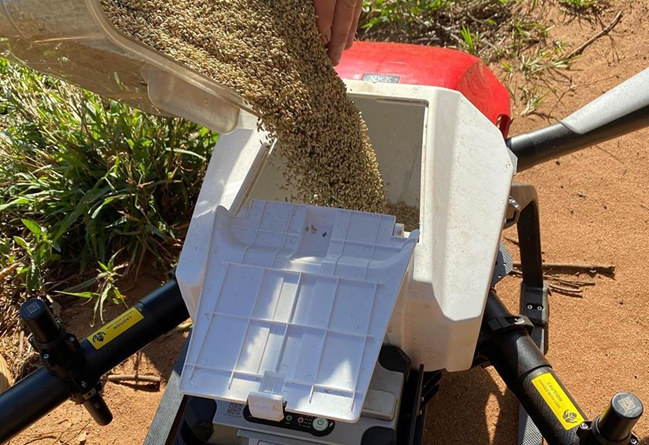
Aerial Seeding
If surveying was done right, the drone will have data on soil hardness and adjust the pressure for firing the seed pods, so the soil is penetrated effectively. Depending on the drone make and model, you can efficiently seed acres of land in just hours.
This minimises the need to hire additional labourers. Additionally, you can keep your farmers safer by deploying drones in hard to access areas.
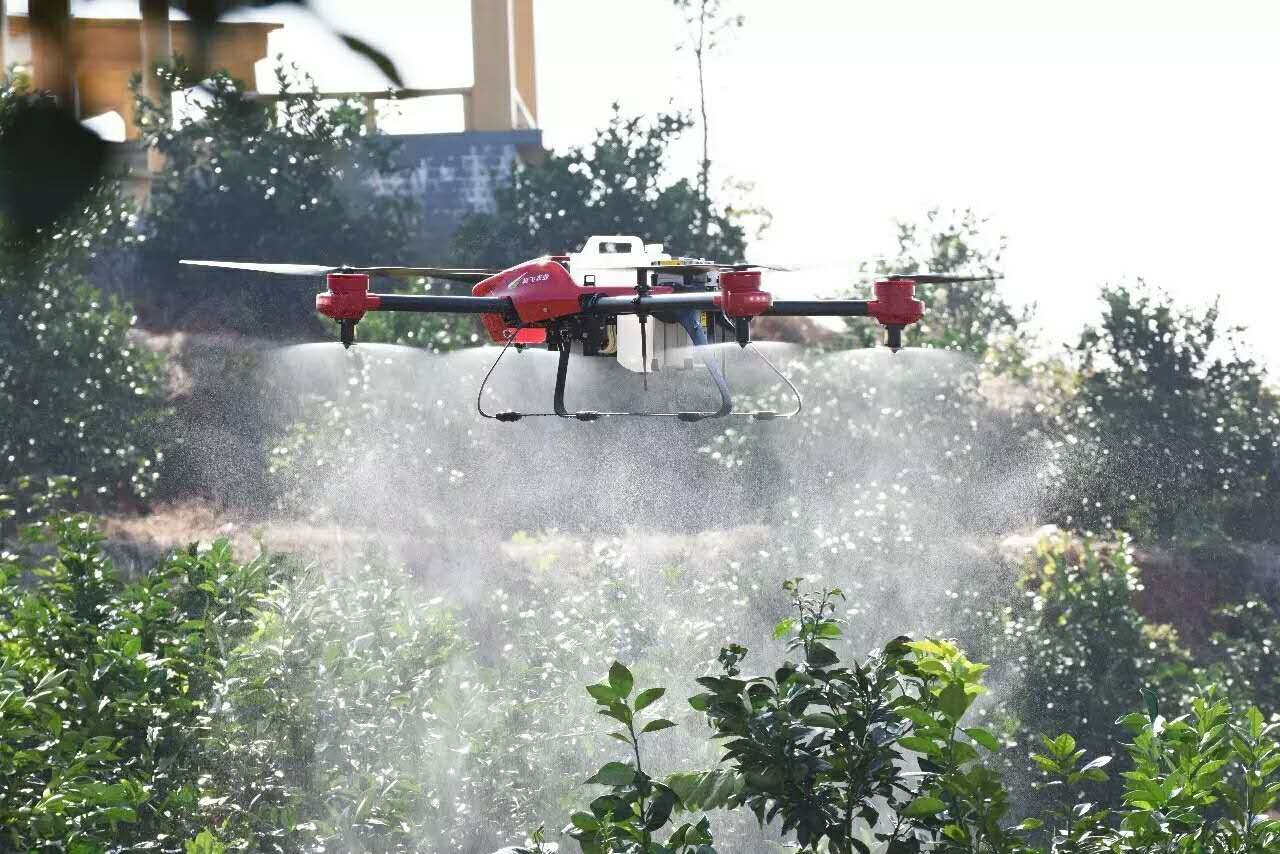
Aerial Watering
Using infrared technology, an aerial vehicle like this will be able to determine water absorption levels.
This means that the user will have access to data on which areas are getting too little, the right amount, or too much water. Built-in sensors will also trigger notifications so the user knows when the drone tank water levels are low.

